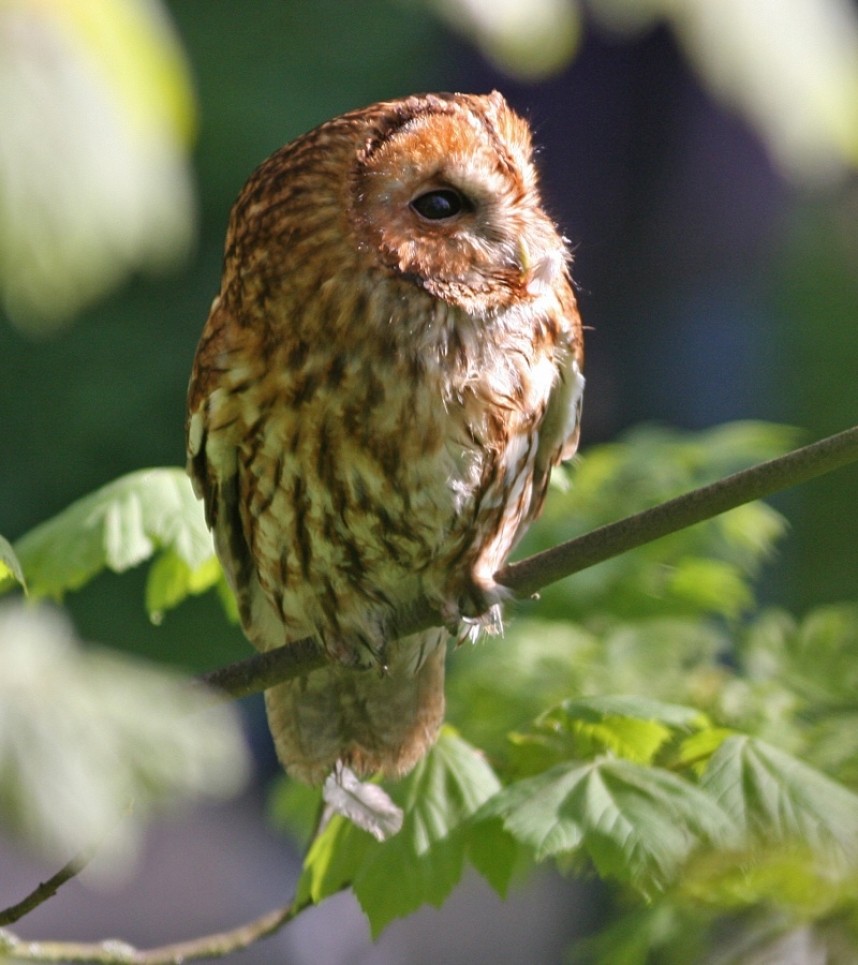In Search of Tawny Owls
I will never forget my first experience of showing a group a roosting tawny owl. I was 18 and working as a Countryside Ranger at a country park near Sedgefield in County Durham. I was a keen birder so I knew to listen for the aggressive sound of songbirds as they mob a roosting owl. I could hear blackbirds, chaffinches, blue tits and great tits chattering away in an old ivy-covered tree. I quietly ushered the group over as I scoured the branches for any sign of a plump brown owl. The sounds led me to the owl and sure enough there it was peering down at us. I was complimented with many great reviews from the visitors, I felt like a magician!

Tawny Owl © Mark Pearson
Tawny owls are our commonest owl. The UK population is estimated at around 50,000 pairs. However, they are also the only owl in the UK which hunts exclusively at night, making them one of the most difficult to see. If you were a tawny owl looking for a safe and peaceful daytime roost, a place to hide from marauding songbirds you would seek out a dark corner hidden from view. That’s why ivy-covered old trees are a great place to look. If you can’t find a warm and dark corner or ivy clad trees, it’s all about camo for tawnies. Look-out for them pressed up close to a tree trunk where they can blend with the colour of the bark.

Tawny Owl © Richard Baines
We are used to British tawny owls being a rich warm brown, but in other parts of Europe the grey form is often dominant. Researchers in Finland found that as their winters become warmer with less snow fall, the brown form is becoming the dominant colour. Blending in with your surroundings may be the key here, the better your camouflage the less likely you are to be predated by larger and more powerful birds of prey.
February is a key month in the life of a tawny owl. Their breeding season starts early; courtship is in full swing, the nest is built, and at the end of the month or in March it’s time for the eggs to be laid. Tawny owls are monogamous and try to stay within their breeding territory for their entire life, but the average bird only lives for four years.

Tawny Owl © Mark Pearson
So, if you are keen to find a tawny owl this is a great month to start looking, with no leaves on the trees the task may be easier. Listen out for the angry calls of small birds and carefully follow their sound trail. If you are really lucky you may even find the nest!
Richard Baines
Yorkshire Coast Nature



 Back to Blog
Back to Blog
